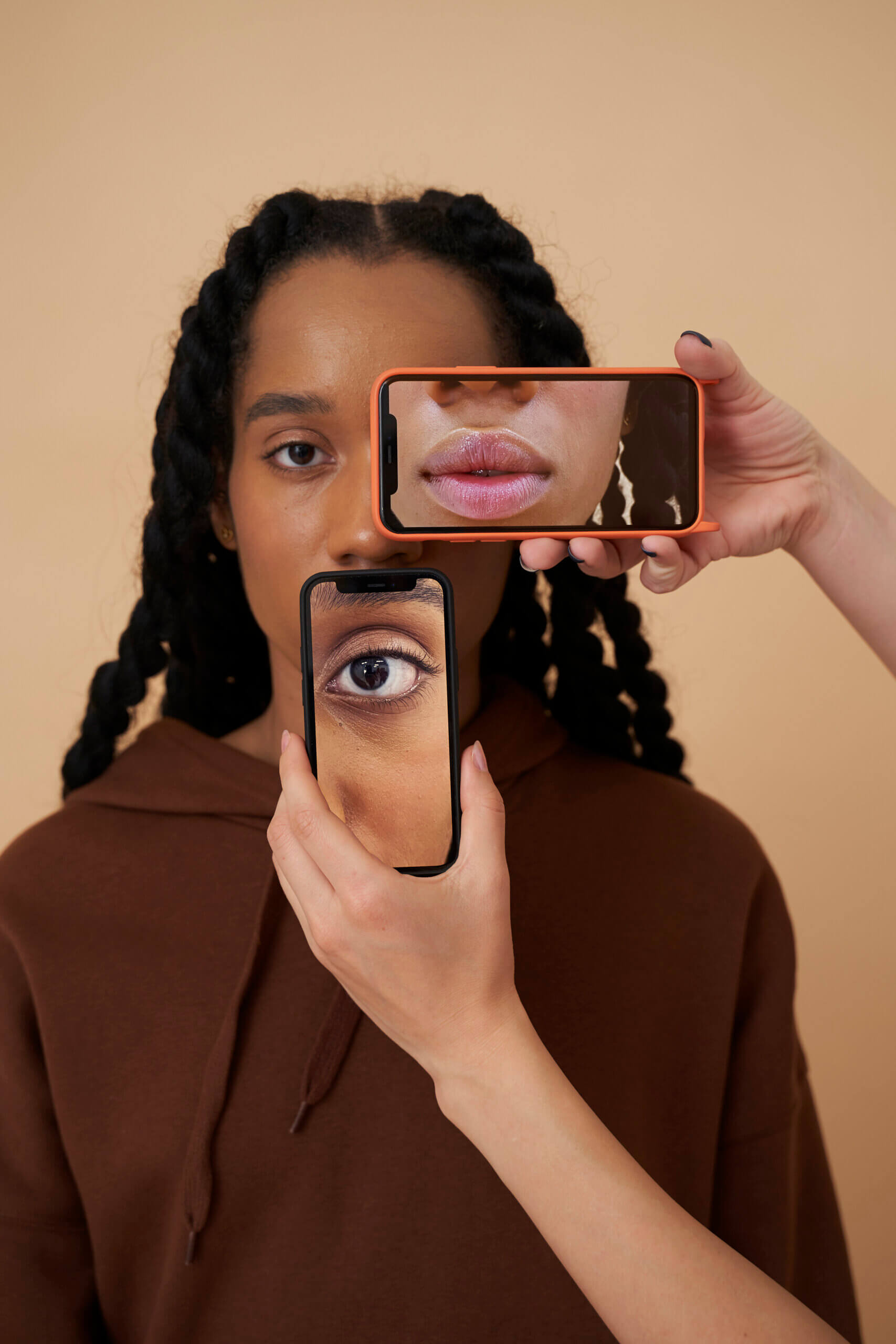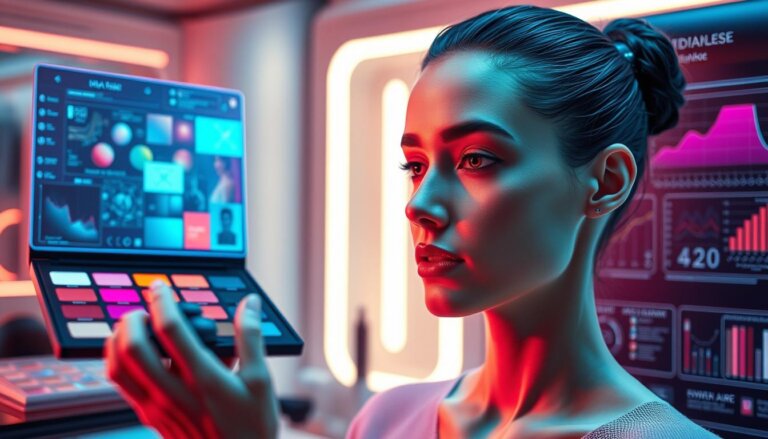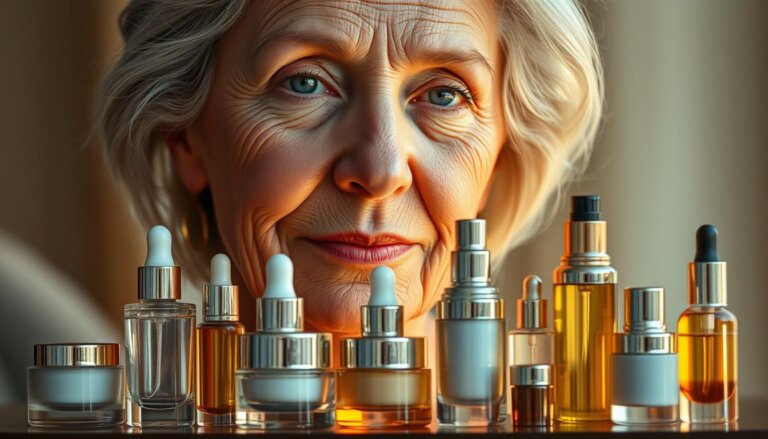How Photoshop Distorts Beauty: The Media’s Role in Shaping Unrealistic Standards
A Perfect Illusion
In a world saturated with flawless faces and perfect bodies, it’s easy to forget that much of what we see is carefully edited—if not entirely fabricated. Photoshop and other image editing tools have become standard practice in media production, subtly reshaping how society defines beauty. But behind the glossy perfection lies a deeper issue: distorted beauty standards that impact how people view themselves and others.
The Rise of Image Editing in Media
Photoshop first launched in 1990, offering basic tools for photo enhancement. Within a decade, it became a staple in fashion magazines, advertisements, and eventually, online content. From smoothing skin to reshaping waistlines, image editing became synonymous with “professional” presentation. The shift wasn’t just technical—it became cultural. Beauty stopped being something real and became something manufactured.
Common Editing Techniques Used to Alter Appearance
Media professionals use a suite of editing techniques to perfect an image:
Slimming and reshaping body parts
Smoothing skin and removing blemishes
Whitening teeth and brightening eyes
Elongating legs or necks
Enhancing symmetry and bone structure
These modifications are rarely disclosed, leaving audiences to believe that these altered appearances are natural or achievable with the right product or routine.
Psychological Effects on Viewers
Multiple studies have linked exposure to digitally retouched images with:
Lower self-esteem
Body dissatisfaction
Eating disorders
Increased anxiety and depression
The problem is particularly acute among young people, who often internalize these standards as goals they should strive toward. They compare themselves not to reality—but to edited fiction.
Impact on Teens and Young Adults
Teenagers are especially vulnerable. The American Psychological Association reports that teen girls exposed to idealized media images are more likely to experience negative body image. Boys, too, face pressures, especially with rising portrayals of lean, muscular physiques as the male ideal. This leads to increased use of supplements, unhealthy dieting, and even steroid use in extreme cases.
Celebrity Photoshop Scandals
Over the years, several celebrities have been caught up in Photoshop controversies. From magazine covers that drastically slim waists to social media posts with warped backgrounds, the inconsistencies are telling:
Beyoncé’s thigh gap incident
Zendaya’s unapproved retouched cover
Khloé Kardashian’s heavily altered Instagram posts
These incidents show that even the most conventionally attractive people are not immune from the pressure to “perfect” their images.
Photoshop in Social Media vs. Traditional Media
While Photoshop dominated traditional media, today’s equivalent is beauty filters and editing apps like FaceTune or VSCO. Social media has democratized editing tools, allowing everyday users to create their own “Instagram Face”—a homogenized look characterized by full lips, flawless skin, high cheekbones, and a narrow nose.
This constant exposure creates a feedback loop: users alter their appearance to meet online standards, while audiences increasingly internalize these edited appearances as reality.
Laws and Regulations Around Digital Retouching
Some countries are taking steps to regulate the issue:
France requires ads to label retouched images with “photographie retouchée.”
Norway passed a law mandating influencers disclose digitally altered photos.
UK Advertising Standards Authority bans misleading ads that exaggerate results.
While these policies are a step forward, enforcement remains inconsistent, and online content often escapes regulation.

Brands and Movements Fighting Photoshop Culture
A few brands are challenging the status quo:
Dove’s “Real Beauty” Campaign: Known for featuring real women without retouching.
Aerie Real: Aerie, an American Eagle sub-brand, has committed to using unretouched models in all campaigns.
#NoDigitalDistortion: An initiative by Dove to label untouched images and promote body confidence.
These movements signal a cultural shift—but they’re still the exception, not the rule.
How to Foster Media Literacy and Digital Awareness
To combat the effects of unrealistic beauty standards, media literacy is essential:
Teach young people to question what they see online.
Promote transparency in advertising and social posts.
Encourage platforms to label edited or AI-generated content.
Support influencers and brands who embrace authenticity.
Ultimately, beauty should be celebrated in all its diversity—not just through a digitally-altered lens.
Conclusion
Photoshop and digital editing have drastically reshaped how beauty is defined in modern media. While once a tool for artistic refinement, these technologies now distort reality to an unhealthy degree. As awareness grows, it’s crucial for audiences, brands, and platforms to move toward more honest representations—and to redefine beauty in terms of real people, not pixels.







